If you wonder what is a Hanseatic City is and what the charm of the Hanseatic cities are? Hanseatic cities are all special, all in their own unique way. Hanseatic cities are old but also new, rich in history and modern, authentic but also certainly innovative. Hanseatic cities are great or as we say Hanze Stad.Do you want to know what a Hanseatic City is and what makes them charming? Each Hanseatic City is special in its own unique way. They are a blend of old and new, rich in history yet modern, authentic yet innovative. In short, Hanseatic cities are great, or as we say in Dutch, “Hanze Stad.”

A city along a river, lake or sea
Most Hanseatic cities are located along the water. Cities like Zwolle, Kampen, Deventer, Doesburg and Zutphen are located along the IJssel River. Water was essential for trade and transportation of goods, making these cities thriving trade centers within the Hanseatic League. Their location along rivers, estuaries, or the coast provided easy access to other cities and regions, allowing trade to flourish and promoting the prosperity of the Hanseatic cities.

What is the history of the Hanze cities?
Hanseatic cities were important trade centers in the Middle Ages, united in an economic alliance along the coast of the North Sea and the Baltic Sea. They were hubs of trade, culture, and diplomacy, where merchants from different backgrounds met and exchanged ideas. Their architecture and rich history still testify to the prosperity and diversity they once enjoyed. Because of their unique character and heritage, Hanseatic cities continue to inspire travelers and adventurers to this day, telling their stories of a time of limitless opportunity and connections.
How many Hanze Cities are there?
In total, there were more than 200 Hanseatic cities spread across Europe. These cities worked together in a trade network that flourished between the 13th and 17th centuries. Today there are no official Hanseatic cities anymore, but the legacy of this trading alliance persists in the history and cultural heritage of the cities involved.
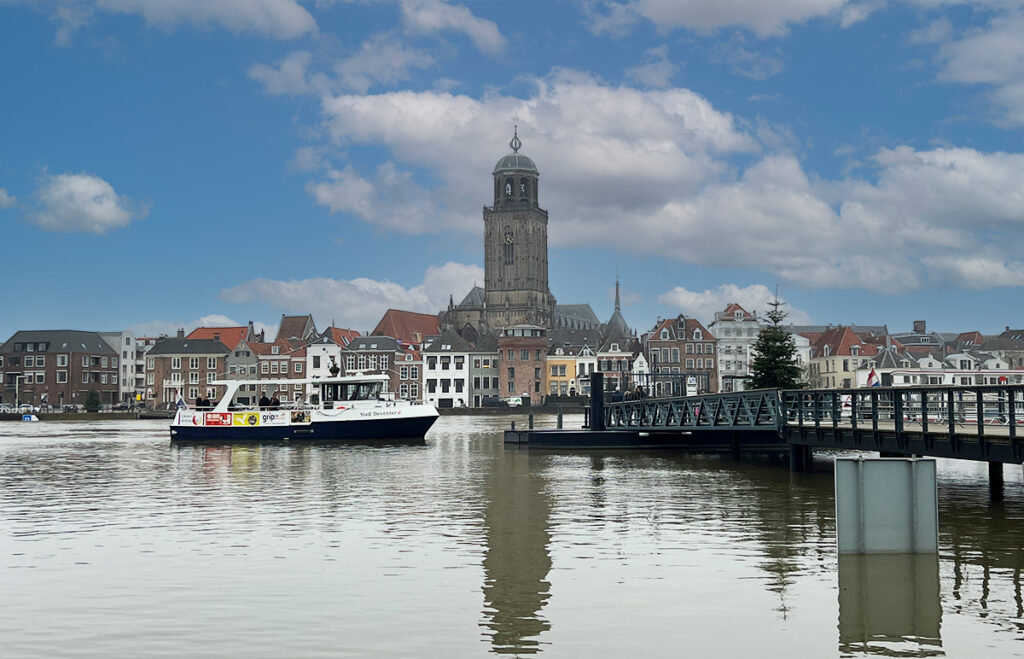
Hanze cities in the Netherlands
In the Netherlands are 22 Hanseatic Cities. All these Dutch Hanseatic cities still exist, are prosperous, and are located near a lake or near one of the big rivers that float through the Netherlands. The most important Dutch Hanseatic cities are:
Hanseatic city Arnhem
Arnhem lies on the Lower Rhine. The Rhine is Europe’s largest river. When the Rhine enters the Netherlands from Germany, it is called Nederrijn. The Dutch call the Lower Rhine “the Rhine”. Arnhem is a very nice city, with a rich history dating back to Roman times. Arnhem has many cosy streets with cafes, coffee shops, restaurants, , eclectic boutiques, and historical sights such as the recently restored 13th-century Eusebius church. Arnhem has a great park “Sonsbeek” and a sublime Arnhem Museum, not to mention the historic Open Air Museum. WW2 had a great impact on this city. The city gained international recognition for the Battle of Arnhem during WW2, which is commemorated at the Airborne Museum. Arnhem is a vibrant cultural centre in the Netherlands.
➔ READ MORE – Hanseatic city Arnhem


Hanseatic city Deventer
The city of Deventer is located on the IJssel River. The IJssel River is a 125-kilometer-long tributary of the River Rhine. Deventer is famous for its Dickens Festival, a three-day winter event, and for its Deventer Koek (cake).
➔ READ MORE – Hanseatic city Deventer

Hanseatic city Doesburg
Near the city of Doesburg, the Oude IJssel flows into the river IJssel, also called the Geldersche IJssel. Doesburg has a beautiful center with many historic buildings and is famous for the Mustard Factory and the Silver Museum.
➔ READ MORE – Hanseatic city Doesburg
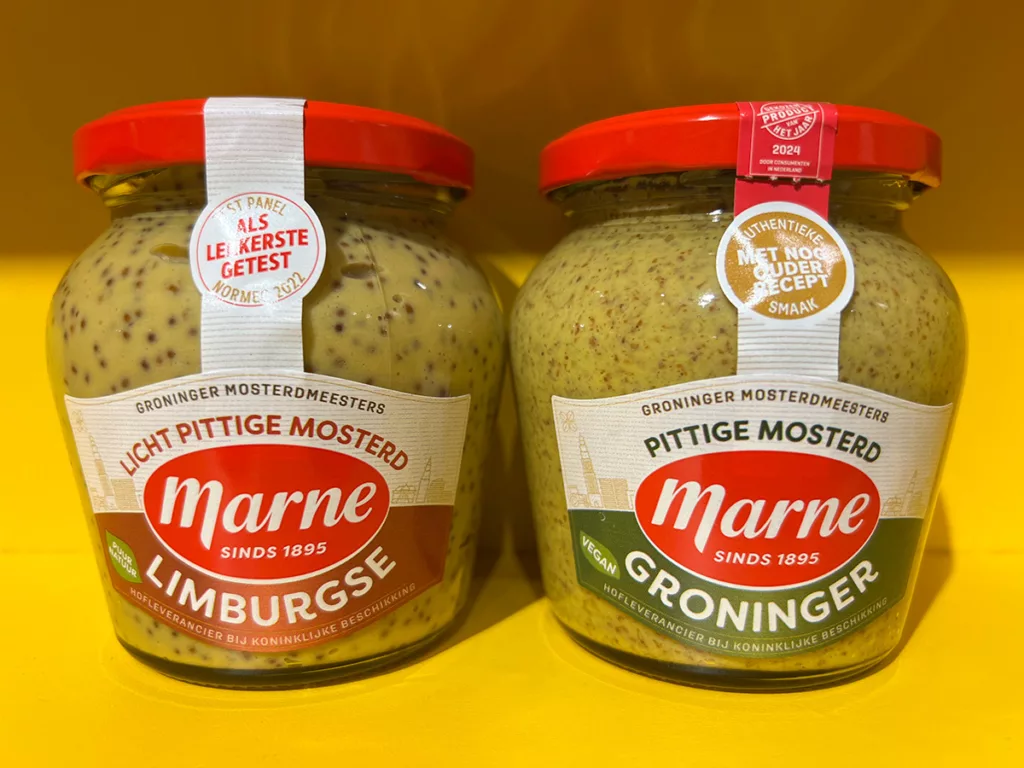
Hanseatic city Elburg
The Hanseatic town of Elburg is a real attraction. If you like culture, museums, fine cafés and restaurants, Elburg is the place to visit. Elburg has a centuries-old history and is super beautiful to walk through. This town is a walled fortress town with ramparts, a city gate, and houses with centuries-old gables. Every year during summer, fortification days with a cosy fair are organised every Wednesday, with music in the evening on the Vischersplein and then there is also the opportunity to sail along on a botter. Elburg was situated on the former Zuiderzee and after reclamation on the Dronter and Veluwe lakes, also known as the Randmeren. Elburg has a beautiful wide beach called the Spijkstrand, the water is very clean and there is a Beach Club, on a nice warm day it is good to relax here. If you don’t feel like water fun, head for the woods; the Veluwe nature reserve is nearby.
➔ READ MORE – Hanseatic city Elburg
Hanseatic city of Hardewijk
Harderwijk is located on the former Zuiderzee, after reclamation on Wolderwijd and Veluwe Lake. Hardewijk has more than 100 historic buildings scattered along charming narrow streets. In addition to its architectural treasures, Harderwijk is known for the Dolfinarium, an extraordinary marine mammal park. Nearby, in the picturesque village of Hierden, is Kasteel de Essenburgh, which provides a touch of medieval allure.
➔ READ MORE – Hanseatic city Harderwijk
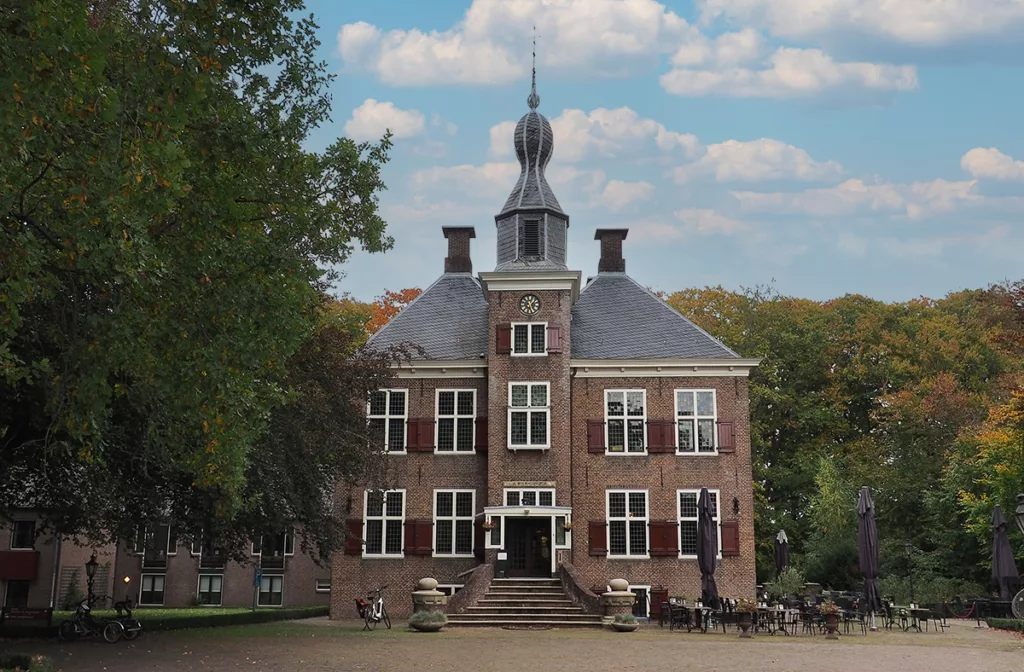
Hanseatic city Zwolle
Zwolle is a prominent Hanseatic city, located on the river IJssel and part of a powerful medieval trading network. As a member, Zwolle flourished thanks to its strategic location on the banks of the IJssel, which made trade routes throughout Europe possible. In the historic center, there are still well-preserved buildings from the Hanseatic era, which show the rich trading heritage. Today, the city’s Hanseatic past is celebrated through various events, museums, and tours.
➔ READ MORE – Hanseatic city Zwolle

Hanseatic city Kampen
The city of Kampen has a rich historical background and is one of the important Dutch Hanseatic cities. Kampen has a city centre with a large number of historic and monumental buildings, three historic city gates and a city wall, a so-called water barrier to keep the water out of the city, a mighty large church with a spire that can be seen from afar. Kampen lies at the mouth of the river IJssel and the IJsselmeer, which was the former Zuiderzee. For ships, the church tower was a beacon. Kampen was once known for its tobacco industry. Today’s Kampen is a more than cosy city with nice restaurants, cafés, a long shopping street with nice boutiques and trinket shops. If you want to know more about the collaboration between the various Hanseatic cities, the Stedelijk Museum Kampen is definitely worth a visit. Along the river IJssel there are several nice terraces where you can enjoy a view over the IJssel. During the summer months, there is a fair with live music on Thursdays.
➔ READ MORE – Hanseatic City Kampen
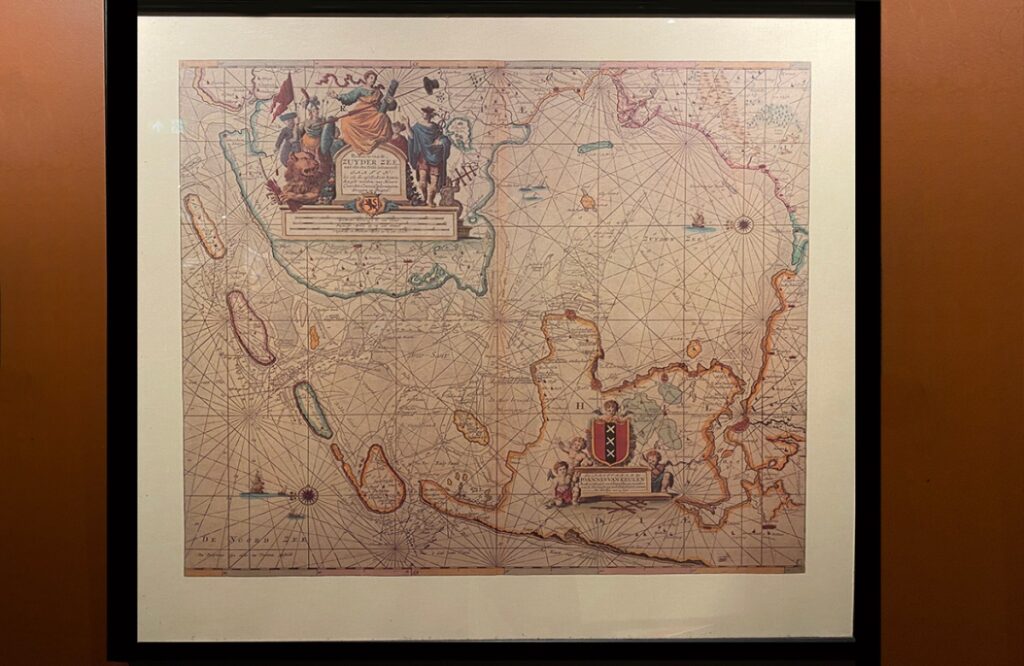
Hanseatic city Zutphen
Visiting Zutphen, a city in the eastern part of the Netherlands, feels like a vacation. This beautiful hitoric city lies on the banks of the river IJssel. The city of Zuphen goes back to Roman times and has a rich historical history. In the 12th century the city of Zutphen was flourishing, a well-known trading center. The city center still has many wel preserved medieval historic buildings including towers and merchant houses, so you can imagen it is a joy to walk thrue the old streets. Dont were high heels, it might not be comfertable to walk over the old street stones. One of the highlight of Zutpen is “The Wijnhuis”, a great restaurant in a great historic ambiace.
➔ READ MORE – Restaurant het Wijnhuis
Zutpen has a vibrant cultural scene, various festivals and events, museums, art galleries, and theaters, loads of nice things to do, visiting Zutphen is never boaring.
➔ READ MORE – The best walking tours is the hanseatic city Zutphen
The Hanseatic League
These cities worked together in the Hanseatic League to promote trade and promote economic interests. They played an important role in trade within Northern Europe. However, the Hanseatic League also included cities outside the Netherlands, such as Hamburg, Lübeck and Bremen in Germany. Today, these towns are still proud of their Hanseatic past, and some of them organize events and festivals to celebrate the historical ties.
Why you should visit a Hanseatic City?
The most important reason? It’s fun, it’s interesting and it’s great to meet proud locals.
Visiting a Dutch Hanze city can be a unique and enriching experience for several reasons:
- Historical Significance: Hanze cities were crucial for medieval trade and commerce. Exploring them allows you to immerse in rich history, appreciate architecture and culture, and learn about their prosperous past.
- Architectural Charm: Hanze cities boast medieval architecture with cobblestone streets, city walls, guild halls, and market squares that transport you back in time.
- Cultural Heritage: Hanze cities have unique cultural identities shaped by history and geography. Discover local traditions, festivals, and museums to immerse yourself in their heritage.
- Canals and Waterways: Several Hanze cities are situated along rivers or near the coast. Exploring their picturesque canals and waterways can be a delightful experience. You might even find boat tours or cruises that offer a different perspective of the city.
- Local Cuisine: Dutch cuisine varies across regions, and each Hanze city may have its own culinary specialties. Trying local dishes and visiting traditional cafes or markets can be a delicious way to experience the local culture.
- Shopping and Markets: Hanze cities often have vibrant markets where you can shop for local crafts, souvenirs, and fresh produce. These markets provide an opportunity to interact with locals and get a taste of the daily life in the city.
- Scenic Landscapes: Depending on the location of Hanze City, you might be treated to beautiful natural landscapes, such as coastal views, scenic countryside, or nearby nature reserves. Exploring the surroundings can add a touch of natural beauty to your visit.
- Events and Festivals: Hanze cities frequently host events and festivals that celebrate their history and culture. Participating in these festivities can offer a lively and authentic experience, providing insight into the local way of life.
- Accessibility: The compact size of many Hanze cities makes them easily walkable, allowing you to explore the attractions on foot. This accessibility enhances the overall experience and gives you a chance to absorb the city’s atmosphere at a leisurely pace.
- Hospitality and Friendliness: The people living in Hanze cities are friendly and welcoming. Engaging with locals can enrich your travel experience and provide a deeper understanding of the community.

Ultimately, visiting a Dutch Hanze city offers a blend of history, culture, and charm that can make for a memorable and fulfilling travel experience.


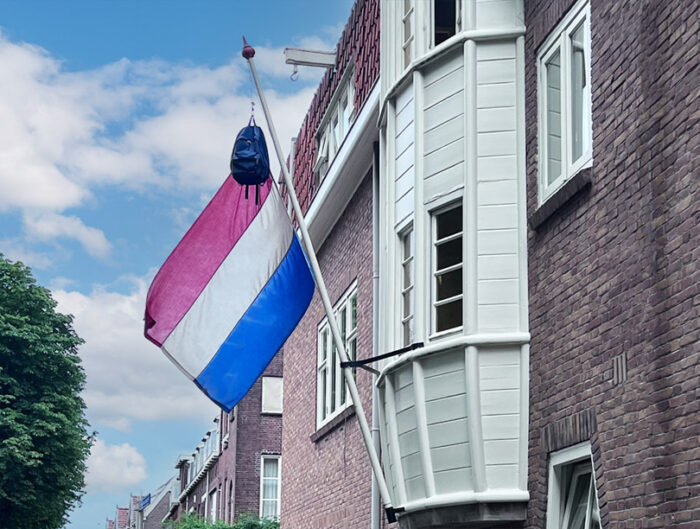








2 Comments
You are my inspiration, I own few web logs and occasionally run out from post :). “Yet do I fear thy nature It is too full o’ the milk of human kindness.” by William Shakespeare.
I do not even know how I ended up here but I thought this post was great I dont know who you are but definitely youre going to a famous blogger if you arent already Cheers